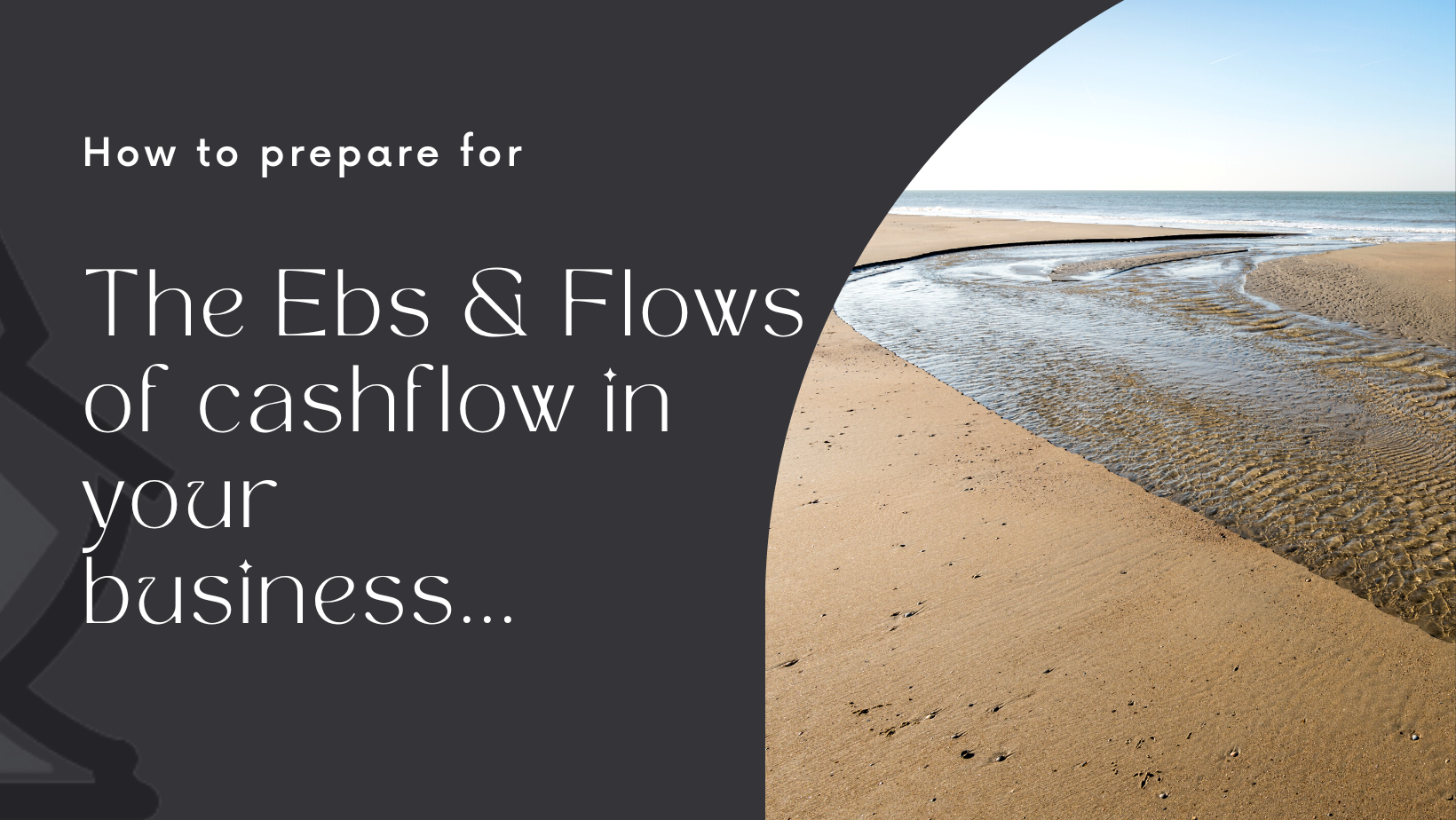How To Handle The Ups, Downs, And The Unexpected Cashflow In Your Business
The entrepreneurial path is not usually a straightforward one. It’s covered with roadblocks, obstacles and sharp turns requiring quick reflexes. Business ownership is part creative, and equal parts analytical. Joy & fulfillment and stress & anxiety typically co-exist.
You just found out that the rent is going up by 40% with your lease renewal - ouch! Or - you want to start a family and are unsure how you’ll ever be able to step away from the business long enough to take a leave. How about that vacation your partner has been talking about?
A successful business owner will become skilled at navigating the ups and downs in their business - and for many people this is a learned and practiced skillset through research, planning, experimentation, and professional assistance.
Start by knowing where your numbers sit.
If you’re not up to date on your bookkeeping - this may feel impossibly hard. We have a spreadsheet for this and also offer professional services in this area - we even have a package specific to getting you caught up!
Why create a budget and forecast?
Budgeting for your business will help you make informed decisions by knowing your money-making potential. Typically, it’s prepared for one year. Your budget will cover things like
operating costs
startup costs
your breakeven point (see the “breakdown” below)
your pricing strategy in order to make a profit
determining what you can afford (hiring staff, time off, further investment)
predicting best-case & worst-case scenario planning
“Budgeting and forecasting are often treated the same, but there are important differences. Small business budgeting shows how you expect the business to perform over a given period. Forecasts use real-life sales and cost data to show where things are actually headed.”— Xero.com
The breakeven point breakdown…
You may feel fairly confident because you’ve got some money in your account - maybe even lots of money in your account, but how can you be sure that you’ve made a profit? The hard truth is you probably can’t be sure. When you know your breakeven point, you’ll gain a solid understanding of the total costs of running your business, and how much you need to sell in order to breakeven and then make a profit. The breakeven point is the intersection where your costs + revenue meet, so you know exactly how much you need to sell in order to make a profit. Don’t worry - we made a spreadsheet template for this!
Okay, well all this information is important - but you may be asking yourself - how do I plan for the future - for the unexpected and the expected? Here are 5 Tips to keep in mind when starting your goal setting, planning and budgeting…
When creating your budget & forecast, include the cost of your goals or targets (like hiring that intern) to see if they fit into your budget.
Make sure you’re deducting sales and income tax from these numbers!
When you create your budget - many advisors will recommend creating two. One for best-case (if things continue to go as expected) where a profit is made, and another for assuming a slower start or worst-case. If you’re looking for credit or investment, most bank managers and investors will want to see two budgets, so they’re confident you have a plan in case things don’t go as planned.
Don’t forget to include the bigger annual payments like the annual premium for liability insurance.
Create a contingency plan for if you need to activate your plan-B. Are you dipping into personal funds, visiting the bank, or asking friends & family?
Canadian Business Owners - reach out for support on your monthly bookkeeping and accounting needs! At Signal Operations, we help you interpret the data from your business financial numbers - a critical step when it comes to making informed decisions and planning for your future! We offer a FREE, 30-minute discovery call + also have a website full of resources dedicated to support small businesses in Canada.



